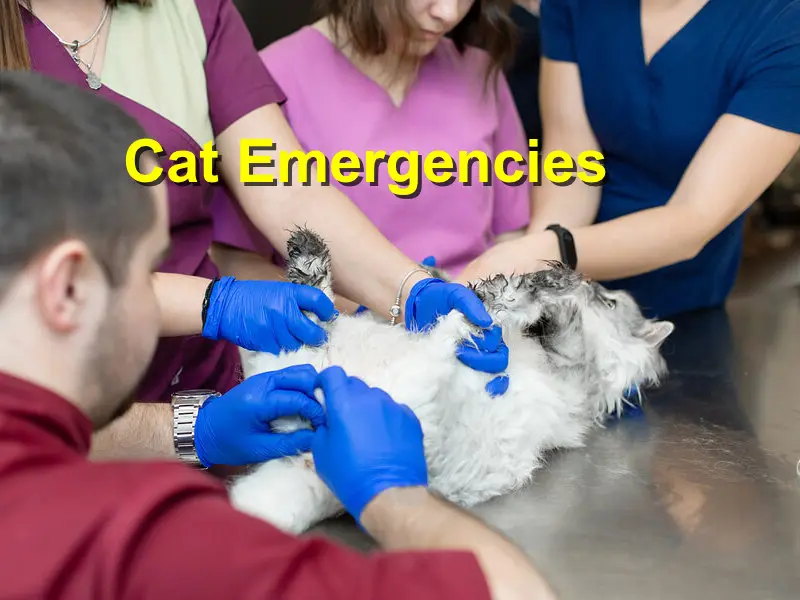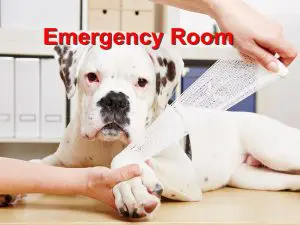Common Cat Emergencies That Require Immediate Medical Attention
It is true that early detection of cat emergencies can help improve diagnose and treat it before the condition worsens. You should never feel guilty when you don’t recognize some of the symptoms that your cat is about to experience an emergency. In fact, it’s quite difficult to recognize some of the common symptoms that could indicate an emergency.
For that reason, below are helpful tips that can help you determine some of the cat emergencies that need immediate vet attention. If you are considering taking your cat to the vet but are unsure if there’s an emergency, here are some of the guidelines you should follow.
One indicator that can help you evaluate your cat overall health is the texture and color of the gums. Check your cat’s gums and ensure they are moist and pink. If you notice that the gums are grey, pale or red, then your cat might be in trouble and in need of urgent medical attention. Now, here are some of the serious and common cat emergencies.
1. Abnormal urination
Urinary obstruction is a common symptom that shows your cat has a serious emergency. However, the condition might be fatal when not treated promptly. This condition often affects male cats.
Cats that suffer from this condition usually suffer excruciating pain that can lead to kidney failure and even bladder rapture. In rare cases, high potassium levels in the blood can also cause heart disease but the initial symptoms might be subtle. Cats suffering from this condition might urinate outside their litter box or rub their genitals excessively.
2. Difficulty breathing
Some cats might have difficulty breathing as well. This is an urgent medical emergency you may face as a cat owner. Death can occur after 3-4 minutes when your cat is not breathing. This simply means that breathing difficulties in cats should be addressed immediately. Some of the common symptoms you need to look out for include wheezing, coughing, and breathing while the mouth is open.
3. Obvious distress or severe pain
You need to take your cat to the vet when you notice signs of distress or severe pain. While pain may indicate need for immediate medical attention, it can also be a symptom of serious problems like urinary obstruction. Signs of distress and pain include panting, howling, hiding and uneasiness when you touch the painful area.
Conclusion
If your cat has any of these symptoms or if you are unsure why your cat is moody or jumpy, you should contact your vet immediately.





